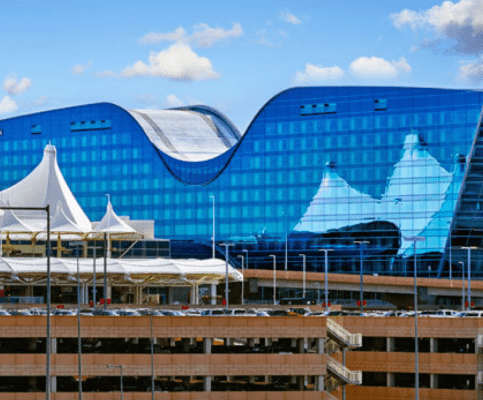Recap: Olmsted: Then and Now | Washington Park
Tour-goers explored the history, landscape design and architecture of Washington Park, one of Denver’s oldest and most important open spaces. We walked along the 160-acre expanse of tree lined paths, lakes and woodland, dotted with historical pavilions and gardens and learned more about the influence of Frederick Law Olmsted, the City Beautiful Movement and historic French country-style landscape design. The tour highlighted many of the park’s characteristic landscape features and discussed sustainable solutions for preserving them well into the future.
About the park: The 1899 plan for Washington Park, designed by landscape architect Reinhard Schuetze, featured expansive lawns, mature shade trees and two lakes. In 1908, City Planner George Kessler built upon Schuetze’s design and created new plantings and pathways in the French country style. Later additions to the park are still recognizable today, including the Evergreen Hill feature at the park’s northern edge, designed by the Olmsted Brothers, and the Perennial Garden along Downing Street, created by Denver landscape architect S.R. DeBoer. The park features a unique blend of historic and contemporary architecture, including the 1913 Smith Lake Boathouse designed by Denver architect Jules Jacques Benois Benedict and the 1970 recreation center designed by Anderson Barker Rinker Architects.
About the tour guides: Laurel Raines, ASLA, PLA, Dig Studio, has built award-winning projects contributing to the well-being and health of communities and the environment. A love of art and science led her to study Landscape Design/Plant and Soil Science at the University of Vermont, followed by a Master’s in Landscape Architecture at Harvard University. Her design for the last Central Park residential neighborhood, to be completed this year, marks 22 years of continuous work in that community.
Audrey Sorensen, Landscape Designer, Sasaki, has completed work in urban and rural contexts, in a variety of regions and scales. Audrey’s unique project background and design experience supports her understanding of historical context, developing provocative preservation strategies and performing forward-thinking historical and environmental research.
